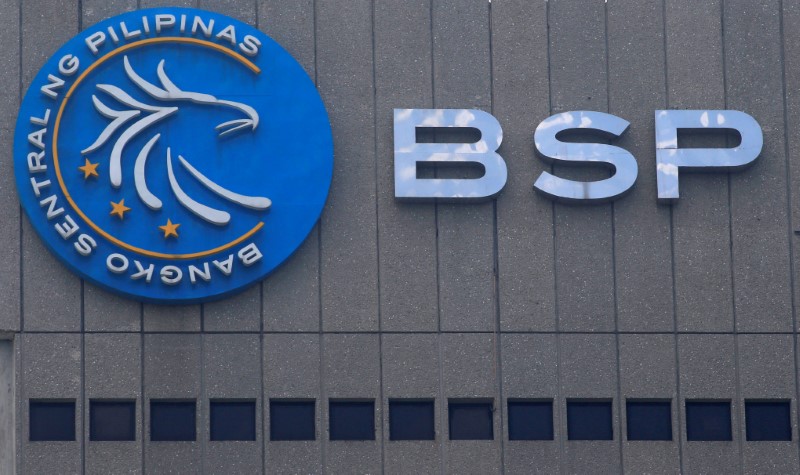By Marius Zaharia
(Reuters) - Asian central banks have not blinked since the Federal Reserve raised U.S. rates for the third time in six months last week.
New Zealand, Taiwan and the Philippines are all expected to hold rates on Thursday. Indonesia and Japan stood pat last week, as Australia and India did earlier in June.
China's central bank, which raised some interest rates after the Fed's March move, kept them unchanged this time.
Unlike in past Fed tightening cycles, Asia is much more reliant on China than on the United States.
"There is a common thread and it is that China, Asia's economic engine, continues to stutter," said Frederic Neumann, HSBC's co-head of Asian economic research in Hong Kong.
"We have more central banks on hold or even with an easing bias because China is weighing on demand and the western world isn't strong enough to compensate for that."
In 2016, U.S. trade with 10 top Asian partners rose by roughly 25 percent from levels before the 2008-09 global financial crisis.
But China's trade with the other nine grew almost 60 percent in the same period to $1.05 trillion, according to Reuters calculations. The United States' trade with those nine countries is about half as much.
FADING MOMENTUM?
China has seen fairly solid first-half growth but momentum is expected to fade as crackdowns on riskier forms of financing take effect.
Chinese demand remains subdued, placing a cap on growth and prices across Asia, where virtually no central bank is in danger of overshooting its inflation target.
India's retail inflation is lowest in at least five years. In the Philippines, pencilled in by many as the Asian country most likely to increase rates, May inflation was a four-month low.
"When you look at where their mandates are, there's no real pressure on any of these central banks to be following the Fed in hiking rates," said Khoon Goh, Asia research head at ANZ in Singapore.
A key reason why emerging Asia used to hike when the Fed did was competition for funding. Higher U.S. rates can spark pressure on currencies and outflows from other countries if their yield premium erodes.
But while recent Fed hikes have lifted short-term U.S. yields, there's less impact on the long-end. Thirty-year bond yields, at around 2.75 percent, are closer to 2.1 percent record lows than the 4 percent levels of four years ago, and have unwound the surge on Donald Trump's election as the new president struggles to implement policy.
GOOD CONDITIONS
In May, when last week's Fed move was largely priced in, $5.5 billion came into emerging Asian stock markets while debt markets got $8.7 billion, according to ANZ analysts.
"Conditions are still good for risk taking," DBS strategists said in their third-quarter outlook, noting that U.S. long-term yields are likely to remain low in a highly liquid environment, despite expectations for further rate hikes.
Another reason why Asia needs to keep rates low is debt.
Moody's Investors Service last month cut China's sovereign ratings a notch, saying its financial strength could erode as growth slows and debt continues to rise.
In parts of Asia, household debt is worryingly high, and mortgage rates - unlike benchmarks - have been rising.
South Korea on Monday announced tough rules to cool its housing market. At 92.8 percent of GDP, South Korea's household debt exceeds that of the United States and Japan.

"If the Fed hikes rates by 200 basis points, would Korea hike by 200 bps or by 50-75bps? Every hike would have a bigger tightening effect than in the U.S. because of the high debt levels," said HSBC's Neumann.